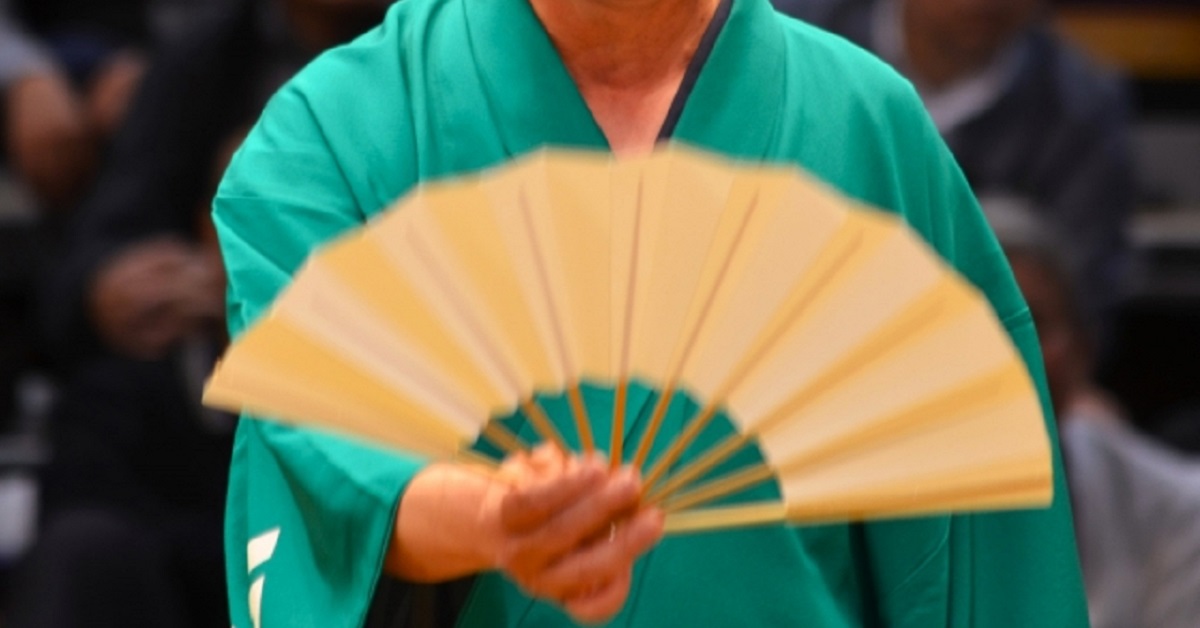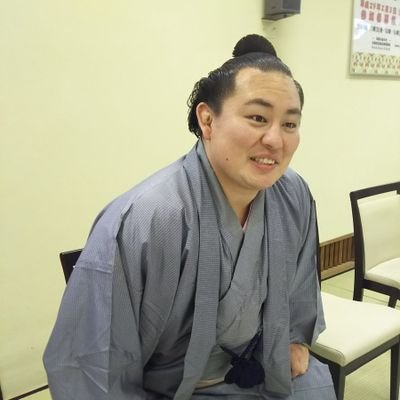A yobidashi is not just someone who calls out wrestlers’ names. They maintain the ring, beat the drums, and support rituals, making them essential figures who shape the atmosphere of sumo. For beginners and foreign visitors, understanding the yobidashi transforms sumo into a much deeper cultural experience.
- The Basic Role of the Yobidashi
- The Duties of the Yobidashi
- The Yobidashi’s Voice and Intonation
- History and Tradition of the Yobidashi
- Hierarchy and Promotion of the Yobidashi
- A Day in the Life of a Yobidashi
- The Yobidashi and the Taiko Drum
- The Path to Becoming a Yobidashi
- The Appeal of the Yobidashi for Foreign Visitors
- Conclusion
The Basic Role of the Yobidashi
The yobidashi serves as the announcer in sumo, informing the audience about the upcoming match in the ring. Their most recognizable task is calling out each wrestler’s shikona (ring name) in a distinctive melodic style. This unique intonation resonates throughout the arena, heightening anticipation.
However, the yobidashi is more than just a voice. They are responsible for maintaining the safety of the dohyo (sumo ring) and act as behind-the-scenes organizers. They smooth the sand, adjust the straw bales, and assist referees and wrestlers, ensuring the smooth progression of the tournament.
The Duties of the Yobidashi
The yobidashi’s tasks are diverse and cover many areas of sumo operations.
| Main Duty | Description |
|---|---|
| Calling Wrestlers | Announces each wrestler’s shikona in a melodic chant |
| Ring Maintenance | Repairs the bales and smooths the sand |
| Drumming | Beats the taiko to announce the start and end of events |
| Ceremonial Assistance | Supports the dohyo-iri (ring entering ceremony) and award ceremonies |
| Backstage Work | Prepares equipment and assists with progress |
Thus, the yobidashi is not merely an announcer but a multi-functional figure who supports the entire sumo event.
The Yobidashi’s Voice and Intonation
The yobidashi’s voice is trained through special vocal techniques. It is not simply loud; it must carry clearly and comfortably across a large venue.
- Their voice has strength, rhythm, and intonation, giving the audience tension and excitement
- The pitch and tone change depending on the rank of the wrestlers or the importance of the match
- The style resembles traditional Japanese performing arts such as Noh or Kabuki
This distinctive chant transforms sumo from a mere sport into a cultural performance that immerses the audience.
History and Tradition of the Yobidashi
The yobidashi system was formalized during the Edo period. Since then, they have acted as announcers for the audience and continue to preserve that tradition today.
Their attire is also symbolic. Yobidashi wear hakama (traditional pleated trousers), which complement the wrestlers’ ornate mawashi and the referees’ formal robes, creating a balanced atmosphere in the arena.
Moreover, the yobidashi follow a hierarchy, where experience leads to promotion. At the top is the “Tate-yobidashi,” who is entrusted with announcing the final bout of the day and leading ceremonies, a position of great honor and responsibility.
Hierarchy and Promotion of the Yobidashi
The yobidashi world is hierarchical, and each rank carries different responsibilities.
| Rank | Characteristics |
|---|---|
| Junior Yobidashi | Handles lower-division matches and performs menial tasks |
| Mid-Level Yobidashi | Expected to have stable, polished announcing skills |
| Veteran Yobidashi | Oversees important bouts and major ceremonies |
| Tate-Yobidashi | The highest position, announces the final bout and leads rituals |
Thus, the yobidashi’s status depends on skill and experience. To rise in rank, one must have a refined voice and a reliable work ethic.
A Day in the Life of a Yobidashi
The yobidashi’s day begins early. At regional tours and main tournaments, they arrive at the venue as early as the wrestlers to prepare.
- Morning: Check the dohyo, beat the drums, and signal the start of the event
- Afternoon: Announce each bout and maintain the ring
- Evening: Conclude with the “hane-daiko” (closing drum) to end the day
Because their voice is central to their role, yobidashi must maintain their health carefully and practice vocal training and physical conditioning on a daily basis.
The Yobidashi and the Taiko Drum
The yobidashi is also responsible for beating the taiko drum, a practice with both functional and cultural significance.
| Drum Type | Purpose |
|---|---|
| Yose-daiko | Played in the morning to announce the start of the day |
| Hane-daiko | Played at the end to close the day’s events |
| Buchi-awase-daiko | Played the night before a tournament to alert the community |
The sound of these drums is more than a signal—it is a seasonal tradition. Locals often associate the beating of the drums with the start of sumo season.
The Path to Becoming a Yobidashi
To become a yobidashi, one must join the Japan Sumo Association and undergo rigorous training. The process is gradual, moving from practice to actual performance.
| Training Stage | Content |
|---|---|
| Beginner | Learns basic vocal projection and etiquette |
| Intermediate | Begins announcing lower-division bouts |
| Advanced | Takes on drumming and higher-profile bouts |
| Candidate for Tate-Yobidashi | Oversees ceremonies and key matches |
Through this system, the yobidashi gradually grows into a professional guardian of sumo tradition.
The Appeal of the Yobidashi for Foreign Visitors
For foreigners watching sumo for the first time, the yobidashi leaves a strong impression. Even if they do not understand Japanese, the melodic chant conveys emotion, making it a direct cultural experience of Japan.
Additionally, the yobidashi’s care in maintaining the ring reflects the Japanese values of fairness and respect. Understanding the yobidashi allows viewers to see sumo not only as a sport but also as a cultural performance rooted in tradition.
Conclusion
The yobidashi is far more than an announcer. They are responsible for calling wrestlers’ names, maintaining the ring, beating the drums, and assisting in rituals. Their voice captivates audiences, their drums connect with the community, and their traditions have been preserved since the Edo period.
For both beginners and foreign visitors, learning about the yobidashi deepens the experience of sumo. By appreciating their role, sumo becomes not just a contest of strength but a living stage of Japanese culture.





コメント